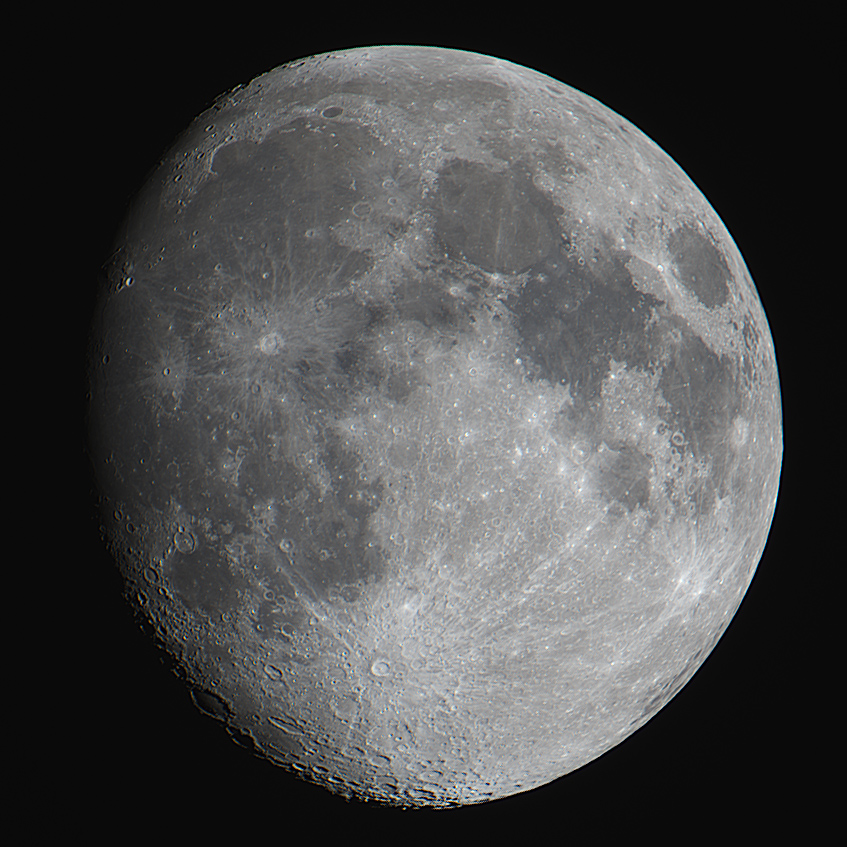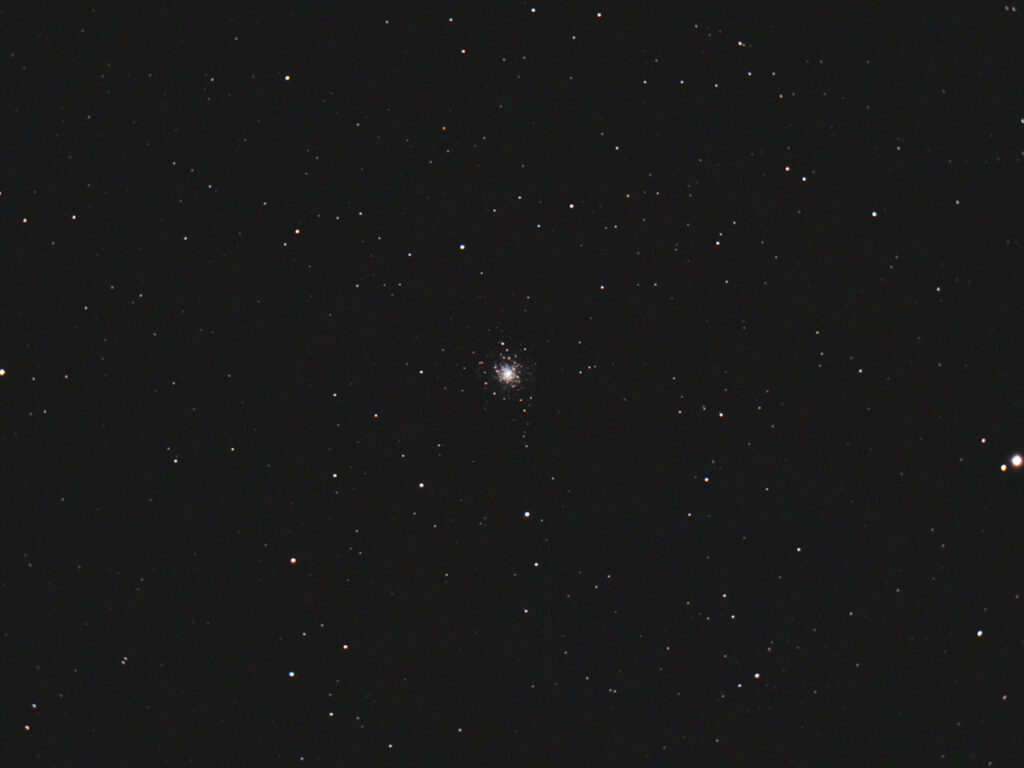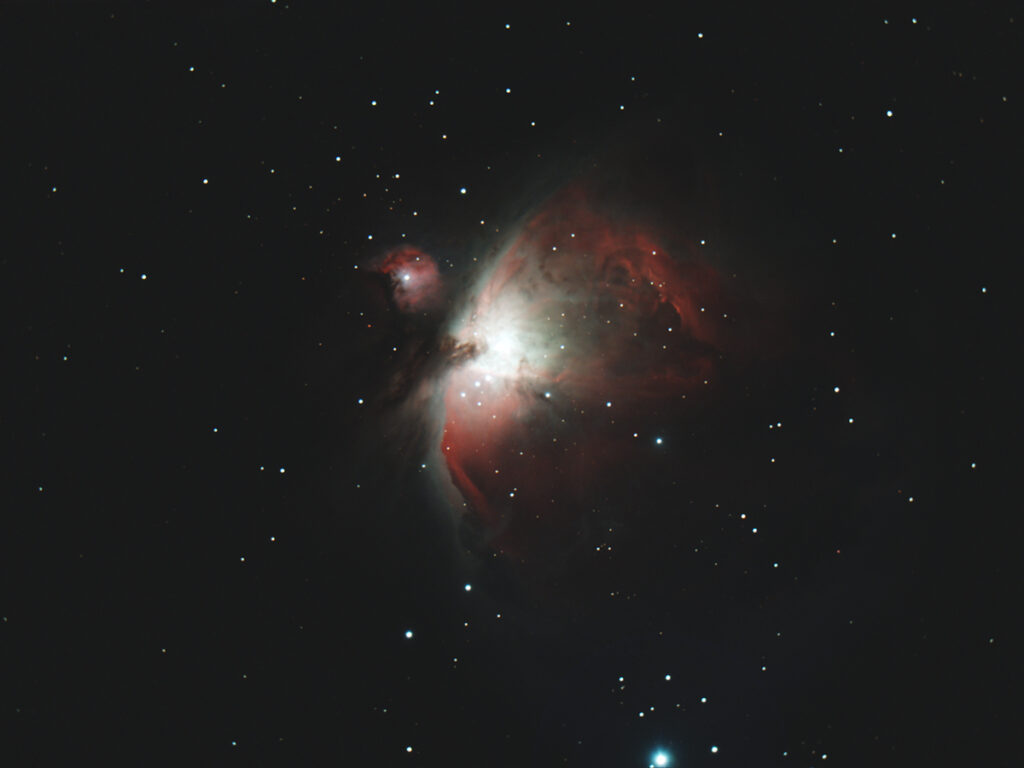
- Telescope: Askar FRA 300 Pro at f/5, ZWO AM5 Mount
- Camera: ZWO 533mm, Gain 100, Offset 70, -10C
- Exposure: 2 nights Oct. 3, 2023 · Oct. 17, 2023
- Chroma H-alpha 3nm Bandpass 1.25″: 22×600″(3h 40′)
- Chroma OIII 3nm Bandpass 1.25″: 31×600″(5h 10′)
- Chroma SII 3nm Bandpass 1.25″: 20×600″(3h 20′)
- Software: NINA, Graxpert, Gimp
I am working through some deep sky targets in Cassiopeia. I am still new to processing the narrowband data in SHO. This is one of my first photos that I am really proud of. I will try to share more on here, and on Astrobin as I progress.









Recent Comments